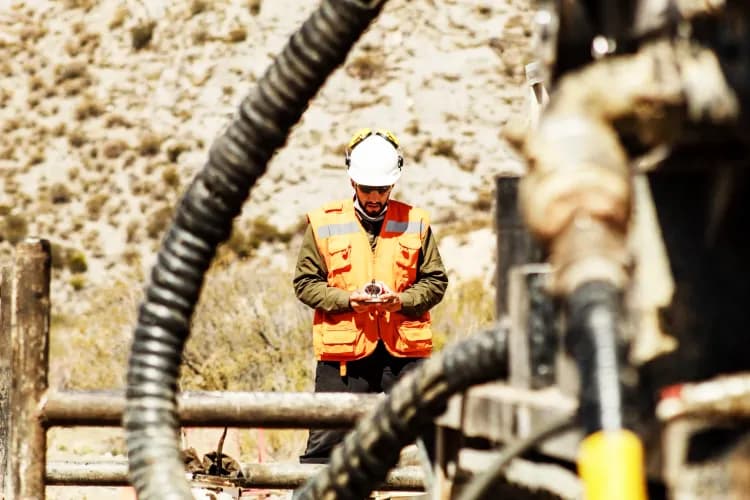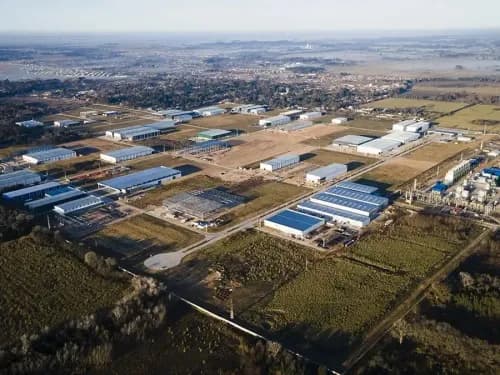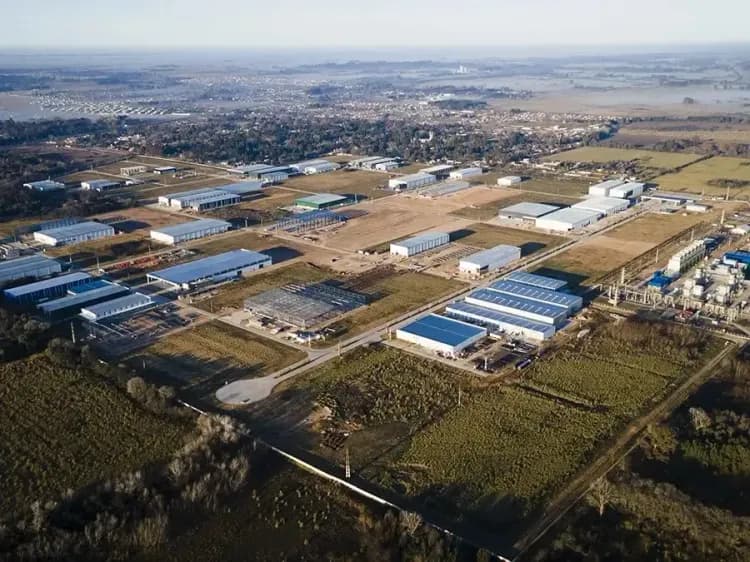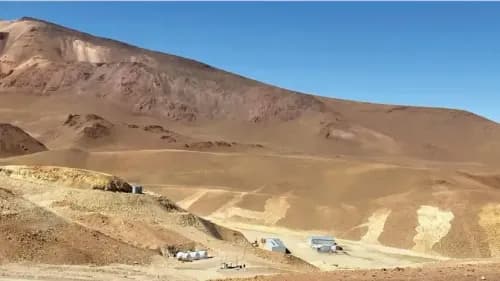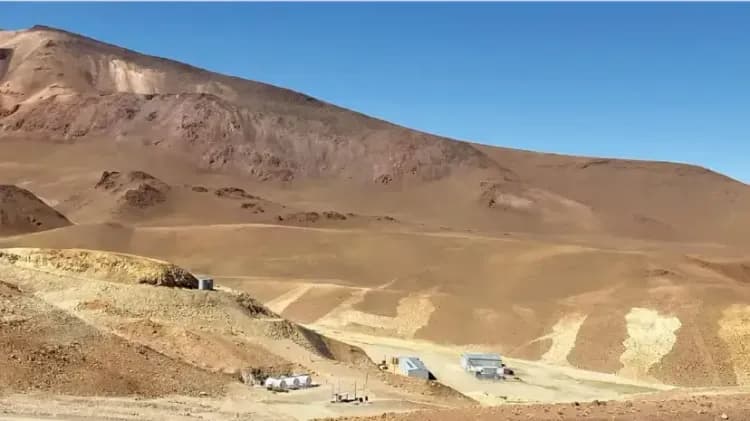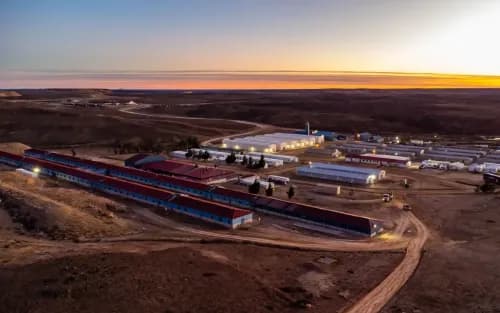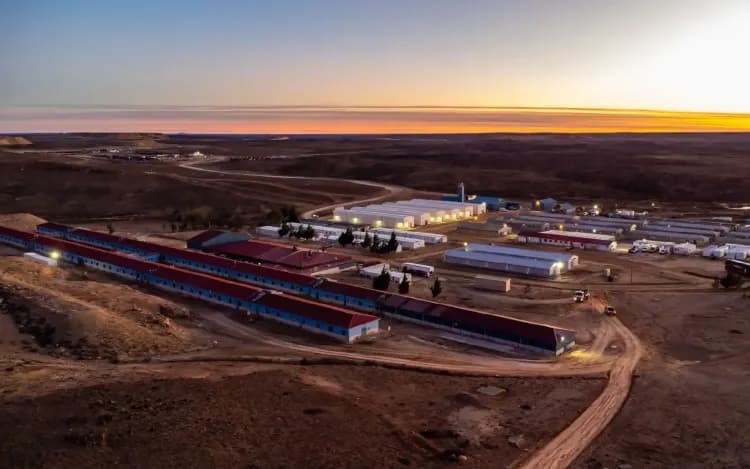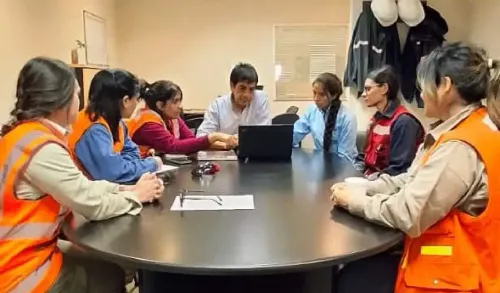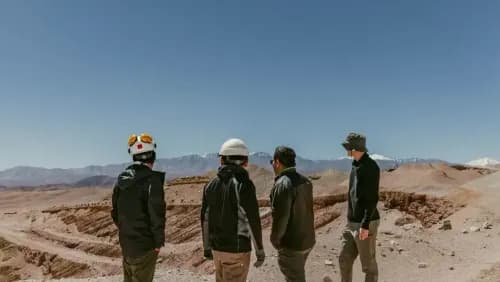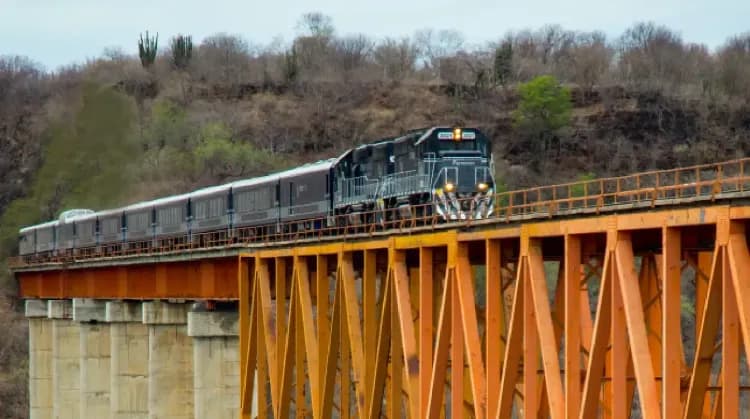At the 14th edition of Lithium in South America, held in Catamarca, business, labor and government leaders agreed that the industry’s long-term outlook remains strong, though “patience and the ability to wait” will be essential for a sustained recovery in international prices. The debate agenda, part of a cycle organized by Panorama Minero since 2011, placed particular emphasis on infrastructure and logistics as critical factors for ensuring competitiveness.
By Panorama Minero
Optimism from both the private and public sectors was underpinned by Argentina’s solid production growth: between 2015 and 2025, the country increased its lithium output by 420%, and the National Mining Secretariat projects an additional 254% growth by 2035. With this horizon, Mining Secretary Luis Lucero stated that the country could reach up to 15 lithium carbonate plants within the next decade, with a total installed capacity of 658,000 tonnes per year. Speaking with Panorama Minero, Lucero noted that “the price per tonne of lithium could reach US$ 14,000 or 15,000 in not too long.”
The first day of the conference, which gathered more than 950 participants, showed that although current prices remain far below the 2023 peak, there is consensus that global demand will continue to grow due to lithium’s key role in the energy transition.
“Patience and Stability” as Core Themes
In a dialogue between economist Santiago Bulat and Ignacio Costa, General Manager of Rio Tinto Argentina, both emphasized that past price spikes “created unrealistic expectations” and that sustainable sector development requires greater market stability. Costa highlighted that mining investments are long-term by nature and that Argentina’s legal certainty is crucial to sustaining growth. “Let’s be patient. What lies ahead for lithium is positive. We must keep costs efficient and value the opportunity,” he remarked.
Infrastructure and Logistics: The Central Challenge
One of the most anticipated panels focused on rail infrastructure. Alejandro Núñez, President of Belgrano Cargas y Logística, stressed that “logistics cannot be treated as something to address at the end of the production process — it must be anticipated.” He announced that the state-owned company is undergoing a privatization process, with a tender expected to be launched before the end of the year, and called on mining companies to get involved as part of the railway system’s transformation. Núñez highlighted that Belgrano Cargas currently employs 4,400 workers and has more than 7,000 kilometers of active railway lines, along with a similar amount of inactive tracks that will require large-scale investment.
Regional Consensus and Forward Outlook
Closing the day, the presidents of the mining chambers of Jujuy, Salta and Catamarca — Carlos Carrillo, Juan Martín Gilly and Abás Tanus Mafud — emphasized the importance of joint efforts between provincial governments, suppliers and communities. They agreed that challenges related to workforce, specialized suppliers and infrastructure must be addressed collaboratively and at a regional scale. “We face common problems that require regional solutions,” said Carrillo.
Catamarca’s governor added that despite the current low-price context, global demand for lithium will continue to grow due to its role in emerging technologies. He projected that, together with Salta and Jujuy, the province will be able to double its exports in the coming years.


